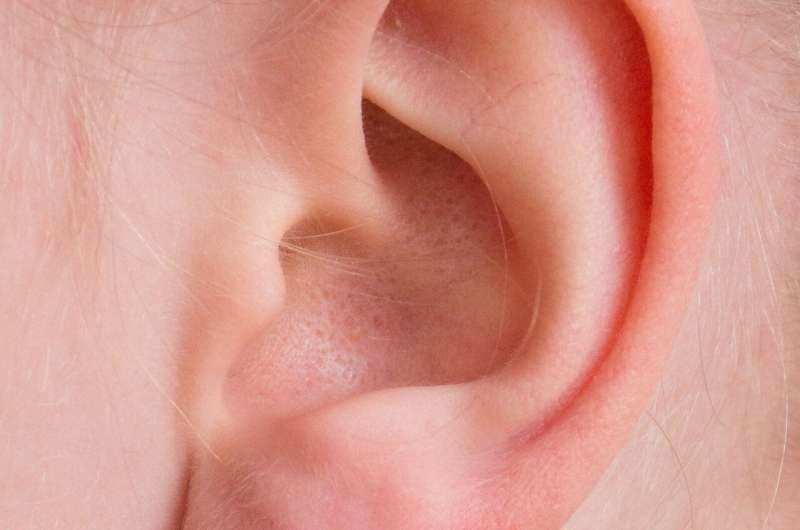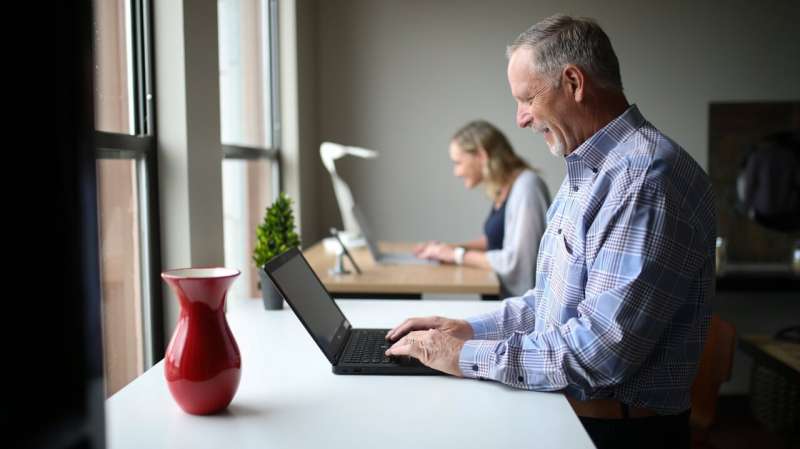Understanding Ear Seeding: The TikTok Trend for Stress and Fatigue Relief

Discover the facts about ear seeding, the trending TikTok therapy claimed to reduce stress and fatigue. Learn about its origins, potential benefits, safety, and the current scientific evidence.
Ear seeding has recently gained popularity on platforms like TikTok and Instagram, with some videos showcasing personal experiences that have garnered hundreds of thousands of likes. High-profile celebrities, such as Naomi Campbell, are also reported to have tried this practice. This wellness trend claims to help alleviate various issues like fatigue, stress, pain, puffiness, poor posture, and sleep disturbances.
So, what exactly is ear seeding? Also known as ear needling, ear acupuncture, or auriculotherapy, it involves stimulating specific points on the ear to influence different parts of the body or organs. Traditionally rooted in Chinese medicine, it usually involves attaching small balls or seeds—often made from 24-karat gold or the seeds of the Vaccaria plant—to designated acupoints on the ear using tiny adhesive patches. Unlike traditional acupuncture, which uses needles, ear seeding relies on these small attachments to provide gentle, ongoing stimulation over hours or days.
Historically, the concept of ear seeding as part of auriculotherapy dates back to the 1950s when French neurologist Paul Nogier observed folk healing practices that improved symptoms like sciatica through ear stimulation. His subsequent research led to mapping the ear in relation to the body, which was later refined by the Chinese military to align with Chinese medicine principles.
Despite its popularity, scientific evidence supporting the effectiveness of ear seeding remains limited. Most existing studies are small and inconclusive, with some indicating potential benefits in pain reduction, anxiety relief, and sleep improvement. However, these findings are more promising than definitive, and ear seeding is generally considered a supportive therapy rather than a primary treatment.
Safety-wise, ear seeding is relatively harmless because it does not involve piercing the skin or interacting with medications. Nonetheless, potential side effects include ear sensitivity, irritation, or discomfort. It is recommended to consult with a healthcare professional before trying ear seeding, especially since symptoms promoted on social media—like facial puffiness—may have underlying causes requiring other treatments.
In summary, ear seeding is a modern adaptation of an age-old practice with some promising but not yet conclusive evidence. While it is considered safe when done properly, its use should be approached with caution, and it should not replace conventional medical treatments. Always seek advice from qualified health practitioners rather than relying solely on social media endorsements.
Stay Updated with Mia's Feed
Get the latest health & wellness insights delivered straight to your inbox.
Related Articles
How Parental Sedentary Behavior Influences Children's Activity Levels
A study highlights how parents' physical activity habits significantly influence their children's sedentary behavior, emphasizing the importance of family-driven active lifestyles for better health.
Sedentary Lifestyle Identified as a Key Risk Factor for Alzheimer's Disease in 7-Year Study
A 7-year study links sedentary behavior to increased risk of Alzheimer's disease, emphasizing the importance of reducing sitting time to protect brain health in older adults.
Teen Lifestyle Choices and Their Impact on Long-Term Health
New research reveals widespread unhealthy habits among teenagers, including poor diet, excessive screen time, and low physical activity, raising concerns about long-term health risks and the need for systemic interventions.



